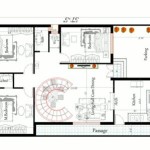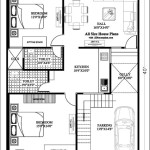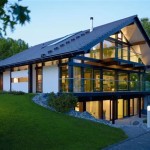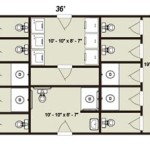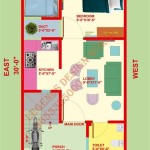Regency House Floor Plans: Essential Aspects
During the Regency period in England, a distinctive architectural style emerged, characterized by elegant proportions, light-filled interiors, and functional floor plans. Understanding the essential aspects of Regency house floor plans is crucial for appreciating their architectural significance and modern-day adaptations.
Central Hallway
Regency houses typically featured a central hallway running through the length of the building. This arrangement provided a grand entrance and allowed for efficient movement throughout the house. The hallway often included a dramatic staircase, adding to the sense of spaciousness and grandeur.
Formal Reception Rooms
The front of the house typically housed the formal reception rooms, designed for entertaining guests. These rooms included the drawing room, dining room, and library. They were characterized by high ceilings, large windows, and elaborate decorative details.
Private Family Quarters
The rear of the house was reserved for private family quarters. These rooms included the family parlor, bedrooms, and dressing rooms. They were generally smaller and more intimate than the formal reception rooms, creating a cozy and functional space for daily living.
Service Areas
Regency houses had well-defined service areas, typically located in the basement or on the ground floor. These areas included the kitchen, pantry, laundry room, and servants' quarters. They were designed to be efficient and unobtrusive, ensuring the smooth functioning of the household.
Vertical Circulation
In addition to the central staircase, Regency houses often featured secondary staircases for service access and private family use. These staircases were typically located in inconspicuous areas, such as the back of the house or in the service wing.
Outdoor Spaces
Regency houses often had access to outdoor spaces, such as gardens, terraces, and verandas. These spaces provided a connection to nature and extended the living areas beyond the interior of the house.
Modern Adaptations
While many Regency house floor plans remain intact today, some have undergone modern adaptations to suit contemporary lifestyles. These adaptations may include:
- Open-plan living areas combining the functions of multiple rooms
- En suite bathrooms for increased convenience and privacy
- Integrated technology for smart home functionality
Regency house floor plans continue to inspire architects and designers today, embodying timeless principles of elegance, functionality, and spaciousness. Their ability to adapt to modern needs ensures their enduring appeal in contemporary homes.

Houseplan From Ackermann S Regency Architecture Vintage House Plans Little

Susanna Ives Floating World

Hollywood Regency House Plan The Beautiful Home

Regency Reader Questions The Withdrawing Rooms How To Plan Georgian Townhouse House Plans

The Regency Heritage Homes

Regency 6012 4 Bedrooms And 5 Baths The House Designers

The Architect Regency Town House

A Tour Of The Regency Town House

Regency Reader Questions The Withdrawing Rooms

Regency Reader Questions The Withdrawing Rooms


